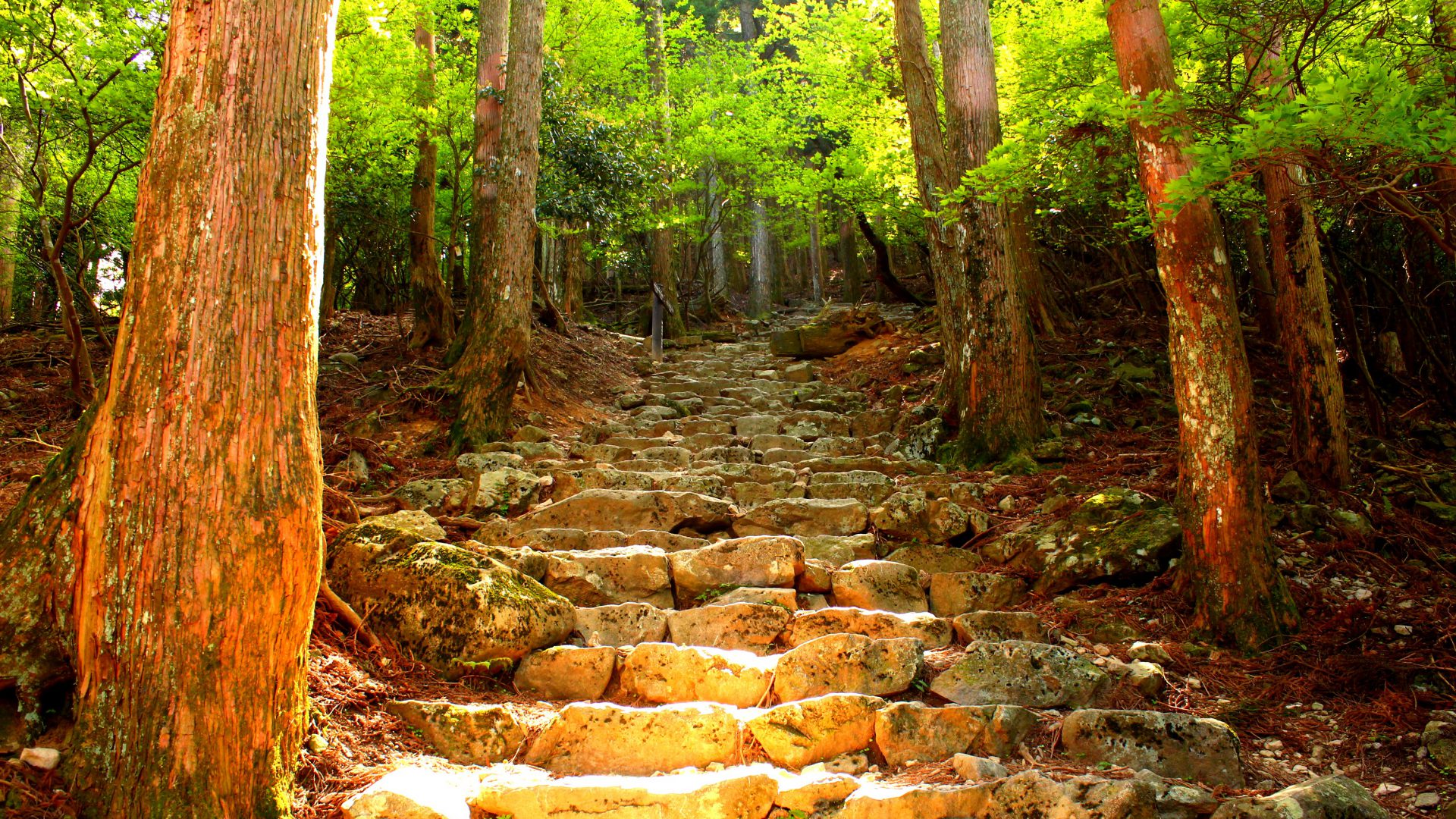コンテンツへスキップ
- Asuka Period, Nara period
From the end of 6th century to the end of 8th century
- It is thought that “En no Koduno” started the Shugen-do as a founder around the end of 6th centry. “En no Koduno” alias is “En no Gyosha”. He was a half-priest who worked during the Asuka period. His birth and death is not clear, but it is understood from the old doctments that it is before the Nara period. He is enshrined as a founder in the temple and temple of the Shugen-do.
- Heian Period, Muromachi Period
From the end of 11th century to the middle of 16th century
- From the end of the Heian era (the end of 11th century), the Shugen-do developed mainly in Yoshino area and Kumano area. Many of the Shugenja walked to other domains for training and pilgrimage at the holy mountains.
A story was written in Kabuki’s famous titles “KANJIN-CHO”. “Yoshitsune Minamoto” and his group who escapes to Oshu domain (modern Tohoku area) tried to pass through the gate in the form of “Yamabushi”. “KANJIN-CHO” that’s mean like a list of donations now.
This story was written in the Edo period (Atfer the 17th centtury). As depicted in this story, in this era, the Shugenja were able to walk around the other domains. And they made a donation to the shrines and temples in other domains.
In the latter period of the Muromachi period (about 1300), methods of practice, doctrine, organization and so on were also arranged. By this time, the influence was also applied to local areas such as Hagurosan mountain and Hikosan mountain.
- Edo Period
From the 17th century to the middle of 19th century
- During the Edo period(After 1603), the government also prohibits movement of the Shugenja. Therefore, the Shugenja can not go freely to training far from the mountain in the distance. They will settle down locally and training. In addition, the shogunate government established rules for the Shugen-do. The Shugenja in each area were reorganized in the center of two sects, the “Tozan-ha” of “Shingon lineage” and the “Honzan-ha” of “Tendai lineage”.The Shugenja settled in the village will respond to various magical cravings of the people such as rain begging, praying for harvesting harvests of crops, prayers such as illnesses.
- Meiji Period. and Currently
After the middle of 19th century
- 1868-An ordinance to distinguish Shinto and Buddhism was issued. After this, abolition of the Shugen-do was ordered.
At this time, the Shugenja had to choose whether to become a priest of “Tendai lineage” or “Shingon lineage”, a priest of Shrine, or return to the common person. And the magical activities such as prayers have also been banned. Officially, the Shugenja has become a thing that does not exist.
Currently, the Shugenja still continue training and pilgrimage while belonging to the traditional Buddhist cult or “Honzan Shugensou” or “Kinpusan Shugenonsou” denominations or taking a job in general.

